Top speed 1,593 km/h Wingspan 10 m Cruise speed 1,025 km/h First flight April 21, 1956 | Range 2,148 km Length 16 m Engine type Pratt & Whitney J57 | |
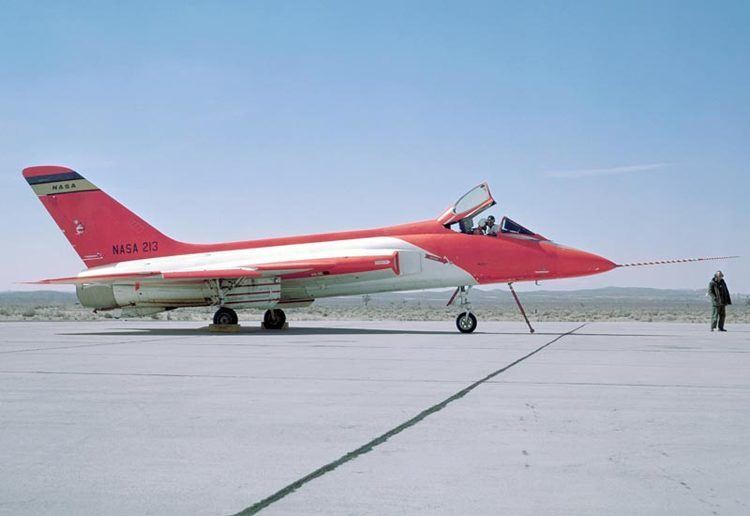 | ||
Douglas f5d skylancer
The Douglas F5D Skylancer was a development of the F4D Skyray jet fighter for the United States Navy. Starting out as the F4D-2N, an all-weather version of the Skyray, the design was soon modified to take full advantage of the extra thrust of the Pratt & Whitney J57 eventually fitted to the Skyray instead of the Westinghouse J40 originally planned.
Contents
- Douglas f5d skylancer
- Fsx se douglas f5d skylancer nasa cape canaveral to shuttle landing facility
- Design and development
- Operational history
- NASA use
- Survivors
- Specifications F5D
- References
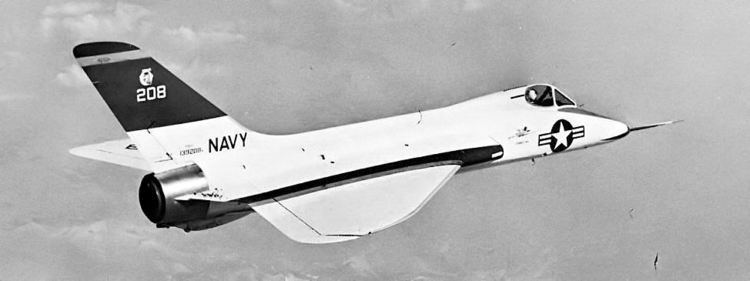
Fsx se douglas f5d skylancer nasa cape canaveral to shuttle landing facility
Design and development
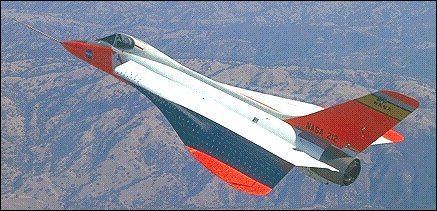
Soon the design became too different from the Skyray to be considered just a variation of it, and the aircraft was assigned a new designation as the F5D Skylancer. Almost every part of the airframe was modified, though the basic form remained the same as did the wing shape, though it became much thinner. The wing skinning was reinforced, correcting a problem found in the F4D. The fuselage was 8 ft (2.4 m) longer and area ruled to reduce transonic drag, being thinner in the region of the wing roots. Everything was shaped to reduce drag and increase stability at high speed.

Although the four 20 mm (.79 in) cannon in the wing roots were retained, primary armament was to be missiles or rockets; four AIM-9 Sidewinders or two AIM-7 Sparrows, and/or a battery of spin-stabilized unguided 2 in (51 mm) rockets.

Nine test airframes were ordered, with a 51-aircraft production order to follow. Production aircraft were to be powered by the more powerful J57-P-14 engine, while there were plans to use the even more powerful General Electric J79.
Operational history
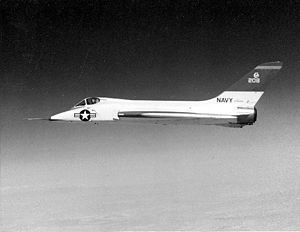
The first flight was on 21 April 1956 and was supersonic; the aircraft proved easy to handle and performed well. After four aircraft had been constructed, however, the Navy cancelled its order. The stated reason was that the aircraft was too similar to the already-ordered Vought F8U Crusader, but it is believed by some historians that politics played as big a part; Douglas was already building a very large proportion of the Navy's planes, and giving them the F5D contract would have made it even closer to monopoly. The project test pilot was Lt. Cmdr Alan B. Shepard Jr. whose report stated that it was not needed by the Navy.
NASA use
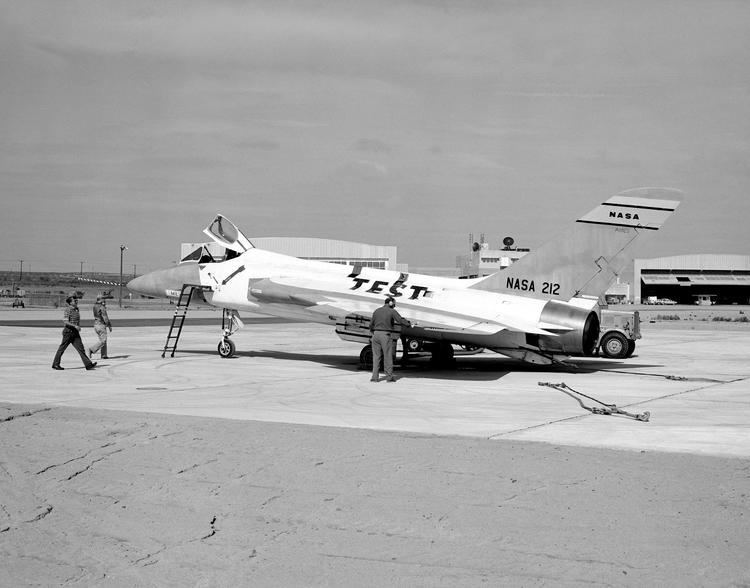
The four aircraft continued to fly in various military test programs. Two were grounded in 1961, but the other two: F5D-1 (Bu. No. 139208) NASA 212, later becoming NASA 708 and F5D-1 (Bu. No. 142350) NASA 213, later becoming NASA 802 continued to fly. Transferred to NASA in the early 1960s, one was used as a testbed for the American supersonic transport program, fitted with an ogival wing platform (the type eventually used on Concorde; data from the program was shared with the European designers). This aircraft was retired in 1968. NASA 802 was used for simulation of abort procedures for the X-20 Dyna-Soar, because it had a very similar shape and handling characteristics. Following the DynaSoar cancellation, it was used as a chase plane and for various other programs until it was retired in 1970.
Survivors
Specifications (F5D)
Data from The American Fighter
General characteristics
Performance
Armament
Avionics
